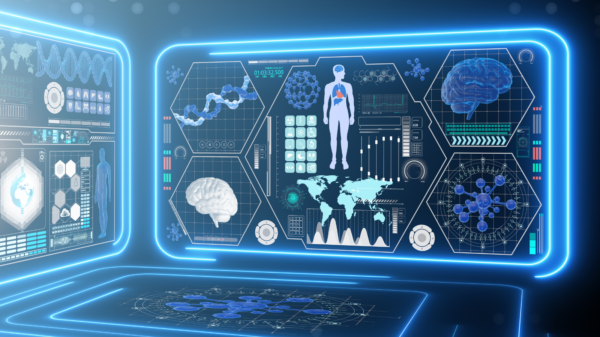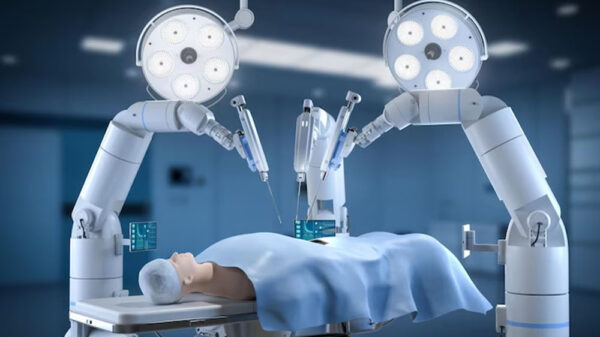Nano-Technology: Transforming Applications at the Atomic Level
Advancements in Manipulating Matter at the Nanoscale Nanotechnology involves the manipulation of matter at the atomic and molecular levels, typically within the scale of 1 to 100 nanometers. This branch of technology is driving significant advancements across multiple industries by enabling precise control over materials’ properties. By altering the structure at such a minuscule scale, scientists and engineers are creating new applications that range from innovative drug delivery systems to enhanced materials with superior performance. The ability to manipulate matter at the nanoscale is reshaping the boundaries of what is possible in technology and science.
Revolutionizing Drug Delivery Systems
One of the most groundbreaking applications of nanotechnology is in the field of medicine, particularly in drug delivery. Nano-sized carriers can transport drugs directly to targeted cells, increasing the efficiency and effectiveness of treatments while reducing side effects. This precision allows for the development of therapies that are more potent and have controlled release mechanisms, enhancing patient outcomes. For instance, nanoparticles can be engineered to release medication in response to specific biological triggers, enabling treatments that respond dynamically to changes within the body. This application holds promise for treating complex conditions such as cancer, where targeted delivery can spare healthy tissues and minimize adverse effects.
Creating Enhanced Materials with Superior Properties
Nanotechnology is also transforming the development of materials, making them stronger, lighter, and more durable. By modifying materials at the atomic level, researchers can enhance their mechanical, electrical, and thermal properties. For example, incorporating carbon nanotubes or graphene into composite materials can lead to exceptional strength-to-weight ratios, making them ideal for use in aerospace, automotive, and construction industries. Additionally, these enhanced materials can improve the efficiency of electronic devices by providing better heat dissipation and electrical conductivity, contributing to the development of more compact and efficient technologies.
Advancements in Electronic Components
The miniaturization of electronic components is another area where nanotechnology is making a significant impact. As devices continue to shrink in size while growing in performance, nanotechnology enables the creation of transistors and circuits at an atomic scale. This leads to the development of smaller, faster, and more energy-efficient electronic components. The semiconductor industry, in particular, benefits from these advancements, with nanoscale fabrication techniques pushing the boundaries of Moore’s Law and enabling the creation of chips that power high-performance computing, AI, and IoT applications.
Environmental and Sustainability Applications
Nanotechnology’s potential extends beyond medicine and electronics; it also plays a crucial role in environmental and sustainability efforts. Nano-materials are being developed to improve water filtration, enabling the removal of contaminants at an atomic level for cleaner and safer drinking water. Additionally, nanoscale catalysts can be used in chemical reactions to produce cleaner fuels and reduce greenhouse gas emissions. These sustainable applications help address pressing global issues by offering efficient and environmentally friendly solutions that are scalable for widespread use.
Challenges and Ethical Considerations
Despite its promising applications, nanotechnology comes with challenges and ethical considerations. The long-term effects of exposure to nanoparticles on human health and the environment are still being studied, raising questions about safety and regulatory standards. The potential for unintended consequences, such as bioaccumulation or unforeseen interactions with biological systems, makes it crucial for researchers to conduct thorough assessments and establish guidelines for the responsible use of nanotechnology. Addressing these challenges will be essential for the continued growth and acceptance of nanotechnology in various sectors.
Conclusion: The Future of Nanotechnology
Nanotechnology is revolutionizing multiple fields by enabling unprecedented control over material properties and biological processes. From more effective drug delivery systems and enhanced materials to the miniaturization of electronic components, the potential of nanotechnology is vast and transformative. As advancements continue, this technology is expected to drive further innovations, fostering developments that were once thought impossible. The journey forward will require balancing scientific exploration with ethical considerations to harness the full potential of nanotechnology responsibly and sustainably.




































